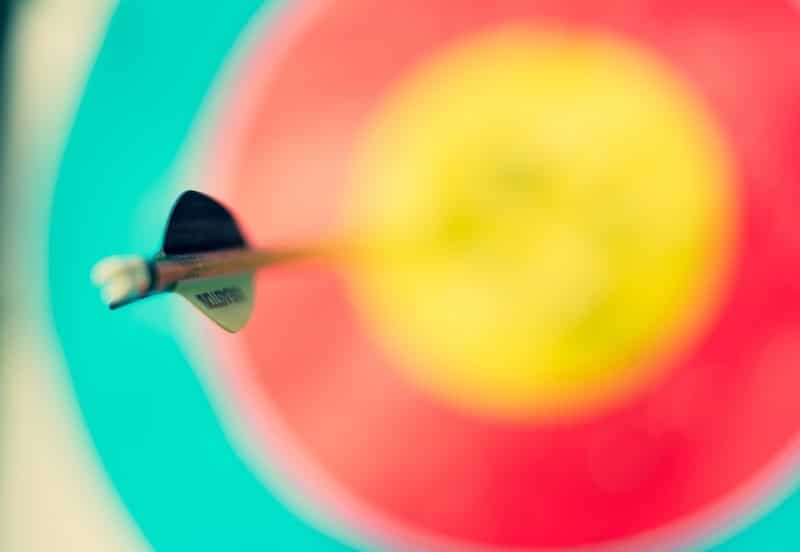There is no question that the COVID-19 Pandemic will have a devastating impact on thousands of workers and families, particularly in the arts and creative sectors. Recently, the Guggenheim Museum furloughed 92 employees with mandatory salary reductions for many more, and galleries across the country have shuttered their doors.
But art always endures. As the infrastructure of the art industry faces dramatic shifts, it’s a perfect opportunity for artists to reframe their creative livelihood—these museums and galleries wouldn’t be here to begin with if it weren’t for the artists.
As Fran Liebowitz said in a piece published in New York Magazine on April 9th, “These big New York art galleries, they’re so rich. I’m not worried that they’re going to close, and, if they did, so what? There will be art galleries. There aren’t very many small ones anymore, and that was caused by contagious unfettered capitalism, not a virus.” Now is the time for artists to band together to imagine and organize an art ecosystem that puts them in the driver’s seat and truly benefits all industry stakeholders.
Time to Strategize
We’ve heard over and over these last few weeks that artists thrive creatively in isolation—that some of the best works were created by artists who were quarantined. But what if we put down our brushes for a bit and collectively strategized to build an industry that puts the artist first—one that leverages this new virtual world we’re living in? Since the beginning of time, artists have envisioned better, more efficient, humane, and communal ways of living. They’ve innovated new technologies and sciences. Planning now, we can ensure that all artists are able to thrive economically in the future—safeguarding them from the kind of loss of income and jobs many of them are facing now, in part, because so many of them are without a safety net.
Support & Relief
In the meantime—and because these safety nets were not in place to begin with—many artists and artist-owned small businesses need immediate relief for lost wages, canceled contracts and shows, or commissions that have been put on the back burner.
The Freelancer’s Union documented that during the April 6–10th week, 85% of freelance visual artists and photographers have reported contract cancellations due to the coronavirus pandemic, and 91% of freelancers expect to lose income in the coming weeks. These are staggering numbers that are likely to rise.
Some Good News
The (relative) good news? There are some benefits available to ease the pain.

The (relative) bad news? Accessing them will require an incredible amount of patience. But we artists are nothing if not resolute!
So, let’s get to it.
The President recently signed into law a historic relief package to respond to the economic devastation brought by the COVID-19 Pandemic. To no one’s surprise, the 880 page CARES Act is a complex web of legislation that is incredibly difficult to follow. How it is interpreted and applied to a myriad of scenarios is yet to be seen, and many have expressed difficulty in accessing the benefits due to major traffic jams on telephone lines and online.
In an unprecedented move, unemployment benefits and the relief benefits include project-based workers, or “gig” workers. This means artists and contract-based workers are eligible to apply for wage replacement or relief. There are a few sections of the CARES Act—each of which applies to different types of workers in varying situations. But the one to point out is the Pandemic Unemployment Assistance. First, let’s cover some basics.
Pandemic Unemployment Compensation
The CARES Act dramatically expanded the traditional unemployment insurance program (UI) to give more relief to workers who were furloughed or laid off. For the first time, this includes freelance and gig workers. While the details of how this will work out are still foggy, and how it will affect individual artists and art industry workers (think: installers, studio assistants, museum staff, etc) is still unknown (in terms of who is eligible). For now, this is what we know:
The CARES Act provides increased benefits up to $600 per week on top of what one already receives through unemployment insurance as determined by each state. This amount is to be paid weekly to workers beginning on the date the law was signed through July 31, 2020. The full amount depends on where you live, as you still have to go through your state’s program to apply.
If you think you might be entitled to normal UI benefits and this expansion program, you can learn more here.
But, if you’re not eligible for normal UI, there is another provision in the CARES Act called the Pandemic Unemployment Assistance that will provide direct relief to artists and self-employed workers.
Pandemic Unemployment Assistance
Who’s Covered: freelance workers/self-employed or small business owners who weren’t typically previously covered under unemployment laws. Also, workers new to a job who do not have a work history, are also eligible.
Under this section of the CARES Act, workers are eligible to apply for up to 39 weeks of Pandemic Unemployment Assistance.
Part-time workers, furloughed employees, and anyone who can no longer physically go to their jobs, as well as employees who have been told to self-quarantine, will be covered under this expansion.
Who’s Eligible: Typically, these employees aren’t eligible for regular Unemployment Insurance (UI) benefits, so PUA is incredible progress in the government defining work under benefit provisions. You can apply for PUA if you:
- Are diagnosed COVID-19 or have COVID-19 symptoms and are seeking diagnosis;
- Have a member of the household who is diagnosed with COVID-19;
- Are providing care for a family or household member diagnosed with COVID-19;
- Are the primary caregiver for a child whose school or care facility closed, due to COVID-19;
- Are unable to reach your place of employment due to an imposed quarantine, or because advised by medical provider to self-quarantine, due to COVID-19;
- Were scheduled to start new employment and cannot reach the workplace as direct result of COVID-19;
- Became the major breadwinner because the head of household died from COVID-19;
- Quit your job as a direct result of COVID-19;
- Had your place of employment closed as a direct result of COVID-19; or
- Meet any additional criteria specified by the U.S. Secretary of Labor.
Individuals who are not eligible for PUA are:
- Essential workers who must report to work.
- Workers who can perform their job duties at home and are continuing to be paid for their work.
Beyond these two historic relief programs to help workers in this devastating time, there is also the $300 billion that was earmarked for direct payments to US households. And the good news? Almost anyone in the art industry is eligible! The one criteria for receiving a one-time $1200 check from the government is that you have to have filed a federal tax return in either 2018 or 2019. However, there are major criticisms about this provision in that many Americans (and artists) make so little money that they don’t report it, so this program disproportionately benefits those that might already be economically secure. This also does not apply to undocumented workers—in fact, not much of the CARES Act does, unfortunately.
While in some ways, the CARES Act is a representation of the government finally acknowledging the arts as a valid sector of the economy—one which is commonly built on the backs of small business owners, entrepreneurs and gig workers—it also reiterates the lack of value placed on low-wage workers and small business entrepreneurs. Because what’s not represented here is the astronomical relief given to a small fraction of people and corporations in our country. It’s not a long-shot to say that the success of many of these privileged few is also built on the backs of artists.
In short, our current situation throws the vulnerabilities and inequalities of our entire system into sharp—too sharp—relief. Although the relief opportunities aren’t perfect, they do provide some necessary access to support during a difficult time. Artists and the creative economy face their own specific challenges and bring their own strengths to the heart of the crisis, and hopefully soon, to the recovery process. We’re seeing areas where we can plan to be more resilient and build a better safety net for our small businesses to be prepared for difficult circumstances in the future. As the “big money” art world is involuntarily shaken down, we’re also seeing a unique opportunity for artists to advocate for their place at the center of the art industry—a key part of our day-to-day business at the Clark Hulings Foundation—and remind the world at large of artists’ vital capacities to imagine and invent.






